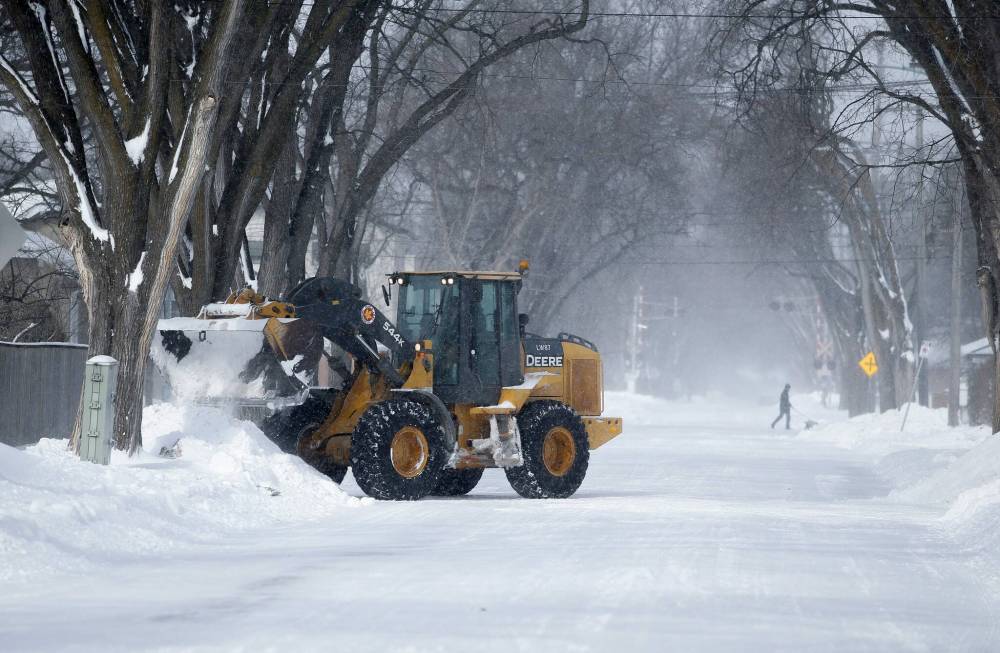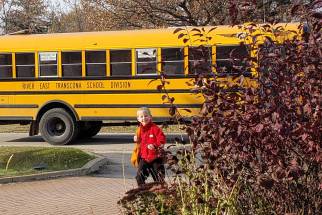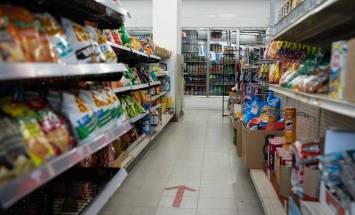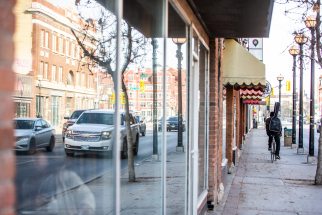Improved snow clearing requires combined effort
Read this article for free:
or
Already have an account? Log in here »
To continue reading, please subscribe:
Monthly Digital Subscription
$0 for the first 4 weeks*
- Enjoy unlimited reading on winnipegfreepress.com
- Read the E-Edition, our digital replica newspaper
- Access News Break, our award-winning app
- Play interactive puzzles
*No charge for 4 weeks then price increases to the regular rate of $19.00 plus GST every four weeks. Offer available to new and qualified returning subscribers only. Cancel any time.
Monthly Digital Subscription
$4.75/week*
- Enjoy unlimited reading on winnipegfreepress.com
- Read the E-Edition, our digital replica newspaper
- Access News Break, our award-winning app
- Play interactive puzzles
*Billed as $19 plus GST every four weeks. Cancel any time.
To continue reading, please subscribe:
Add Free Press access to your Brandon Sun subscription for only an additional
$1 for the first 4 weeks*
*Your next subscription payment will increase by $1.00 and you will be charged $16.99 plus GST for four weeks. After four weeks, your payment will increase to $23.99 plus GST every four weeks.
Read unlimited articles for free today:
or
Already have an account? Log in here »
Hey there, time traveller!
This article was published 20/10/2022 (1144 days ago), so information in it may no longer be current.
What is expensive, difficult to predict, a source of endless frustration and white all over? The City of Winnipeg’s snow removal program.
There is little doubt clearing snow is one of the biggest and most daunting challenges faced by any winter city. Unless the snow is scraped, piled and ultimately removed from streets, sidewalks and lanes, a city cannot function.
However, snow clearing is also expensive, particularly in years like last winter in which there is record snowfall. Even though Winnipeg expects to spend a whopping $75 million on snow clearing in calendar year 2022 — $40 million more than budgeted — its efforts still left many streets and sidewalks in their worst conditions in recent memory.
Sidewalks in particular make for an interesting study of the problems the city faces in snow clearing. Last year, the city came nowhere close to its own standards for sidewalks, which require those adjacent to major routes and collector streets to be cleared within 36 hours after an “average” storm, and residential sidewalks within five working days.
JOHN WOODS / WINNIPEG FREE PRESS FILES Sidewalk clearing was particularly challenging last winter.
Last winter, it took an average of 98 hours to clear main-route sidewalks, 156 hours along residential routes and 218 hours along residential routes. In many ways, this was hardly a surprising result; Winnipeg received roughly double the average snowfall from the fall of 2021 through to the spring of 2022.
Is there a way for Winnipeg to have better conditions on sidewalks, even in winters with above-average snowfall? Yes, but it’s going to require the combined efforts of local government and residents.
Regardless of who wins in the upcoming civic elections, it’s all but certain the city will spend more money clearing sidewalks. Last summer, council approved $3 million to buy 15 additional sidewalk plows, and is considering a plan to contract out 500 kilometres of sidewalks to private operators. Unfortunately, supply-chain problems mean it could be a year or more to get those plows.
There is one additional thing many of us could do: shovel our own sidewalks.
Winnipeg is arguably the only Canadian city of its size or larger that is expected to perform 100 per cent of sidewalk snow clearing. Edmonton only clears sidewalks around public buildings such as schools and recreation complexes; all commercial and residential property owners are expected to clear sidewalks on the front and (for corner lots) sides of their properties.
Failure to keep sidewalks in passable conditions can result in a $250 fine, plus the costs to have them cleared.
JOHN WOODS / WINNIPEG FREE PRESS FILES Winnipeg received roughly double the average snowfall from the fall of 2021 to the spring of 2022.
Regina just passed a similar bylaw, threatening a $300 fine if a section of sidewalk is not cleared within 48 hours of a snow event. And to help those who cannot physically remove the snow themselves, Regina provided funding to six “snow angel” programs to provide modest compensation to people who are willing to shovel their neighbours’ sidewalks.
For those Reginans who think they can refuse to pay the fine, think again: all snow-clearing fines will be added to property tax bills.
Given the nature of snow, and the daunting costs associated with clearing it, there is little chance the city of Winnipeg, on its own, will be able to keep sidewalks adequately clear, particularly in years of above-average snowfall.
The city can and should do a better job in all aspects of snow clearing. And it should redouble its efforts to ensure sidewalks, particularly on major routes, are accessible for pedestrians — especially those whose mobility is limited — who depend on safe walking routes to conduct their day-to-day business.
But results will never meet expectations unless citizens spend a bit less time lamenting the state of civic services, and a bit more time shovelling snow.









